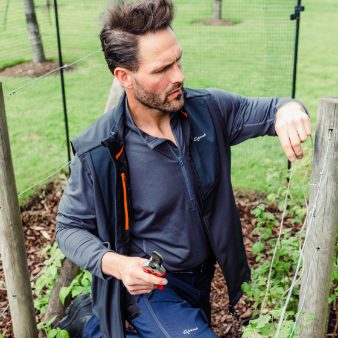Garden trends- Hedges, a designer's favourite

As well as covering boundaries, hedges define the structure of a garden, anchoring the design, creating stability and acting as a crisp foil to more ephemeral planting. Designers are finding new plants and styles for hedge planting to maximise the potential of this important feature.
The bold, sculptural ‘walls’ created by hedges can effectively direct the eye around the garden, manipulating the space. It seems counter–intuitive, but dividing a garden into separate areas makes it feel bigger. As well as creating separate ‘rooms’, hedge partitions, offset either side of a garden, create informal divisions, perfect for tucking a seating or dining area behind. Hedges are also useful of course for neatly screening compost bins or sheds.
In terms of style, hedges can be clipped and geometric, or fluid and curved. They have a sculptural beauty and can be planted as blocks with gaps to let light through, or in layers with a row of pleached trees above a shorter hedge.
Yew makes a fantastic hedge that can be tightly clipped. Portuguese laurel, griselinia, pittosporum, beech and hornbeam are other useful plants for hedges. Flowering shrubs such as escallonia, choisya, camellias or even hydrangeas can be used as a hedge, as can rosemary or lavender. Ornamental grasses too, such as Calamagrostis ‘Karl Foerster’, miscanthus and pennisetum, make beautiful informal hedges that move in the breeze. These can be layered in front of an evergreen hedge to give interest throughout the year. There is also a trend towards using mixed native hedging made of plants such as hazel, hawthorn and dog rose – these are full of colour and great for biodiversity.
The world is your oyster when it comes to hedging plants. So be bold and plant one – or layer an existing hedge with hydrangeas or grasses. Even in the smallest garden, tucking a bench behind a small hedge will create a fun, private space to hide away for a quiet moment.







